On Mar.11, 2011, an earthquake of 9.0 magnitude hit the Tohoku region in Japan. This triggered a forceful tsunami that caused the destruction of the Fukushima Daiichi Nuclear Power Plant reactor. As a result, radioactive isotopes were released, causing radiation levels to increase greatly.
As a consequence of this, government officials created a 20 km exclusion zone within the Japanese city surrounding the nuclear facility. Whilst there is only one confirmed death as a direct result of radiation exposure, according to Our World Data as of September 2020 there were 2,313 deaths reported related to the disaster and evacuation.
The nuclear incident left the area uninhabitable, its residents forcibly displaced and their lives contaminated by the effects of radioactive fallout. According to the World Nuclear Association, more than 160,000 people within the zone were evacuated.
Chim↑Pom, a Japanese artist collective, responded to the disastrous effects of the 2011 tragedy by installing 12 artists' works in Fukushima. The exhibition spreads throughout the Fukushima Exclusion Zone encircling the plant. Four former property owners worked in collaboration with Chim↑Pom by allowing them to use their land and buildings for the exhibition. However, the exact location of these sites is unknown.
Following the incident in 2011, the group's primary aim was for the art pieces to one day be viewable, on condition that the region becomes decontaminated and its restrictions lifted. As well as raising awareness about the dire consequences of the incident, Chim↑Pom continues to support and promote a future working towards the United Nations Sustainable Development Goals for Good Health and Well-Being and Life On Land. Thus, the team has created incentives for the clean-up programs to reduce the environmental crisis of radioactive contamination and decrease radiation levels to ensure liveable conditions for its previous and new inhabitants.
The exhibition, Don’t Follow the Wind further highlights its purpose, as radioactive material can be carried miles on wind currents. The pieces remained invisible to the public, a characteristic radiation shares.
The ongoing project has evolved over the years. In June 2015 the curatorial collective made A Walk in Fukushima, a 360 degree video to bring to light the environment itself. However, the artworks within were left obstructed and concealed to ensure they remain ‘inaccessible’ until the public can acknowledge them with their own eyes.
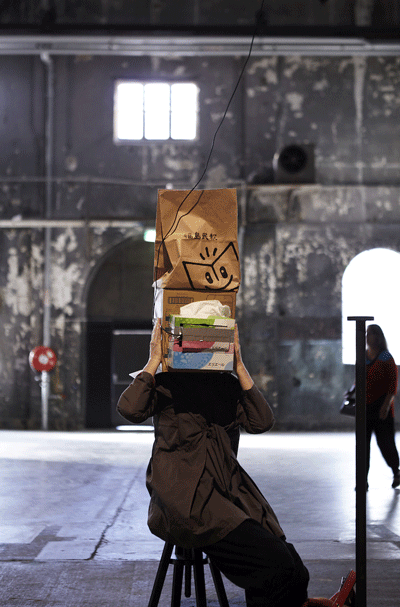
The video includes a real life account of a Tokyo Electric Power Company (TEPCO) worker as well as his experience of evacuating his own home that was left heavily contaminated. The supporting artist behind the work, Bontaro Dokuyama, displayed the videos in headsets made by his family that lived near the exclusion zone.
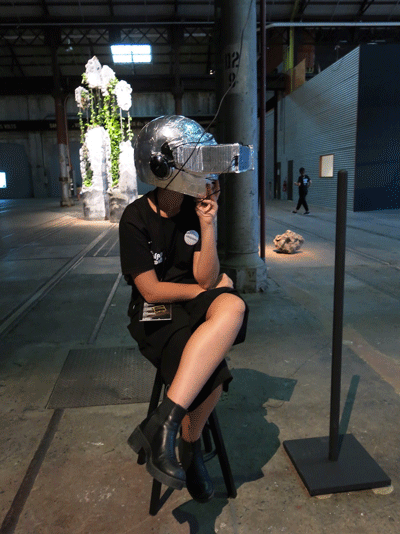
Whilst the area they lived in was considered safe, their lives were still significantly changed. In search of ordinary life, the objects used to create the headsets were mundane items. On top of this, the installation included furniture from a cafe within the exclusion zone that never had the opportunity to have its grand opening on Apr. 8, 2011.
In September 2015, the collective continued its efforts and opened a travelling exhibition: the Non-Visitor Center at Tokyo’s WATARI-UM (Watari Museum of Contemporary Art). At the time, there was no measurable or specific date on which the exclusion zone would be reopened. Thus, Chim↑Pom and their curatorial team (Kenji Kubota, Eva and Franco Mattes and Jason Waite) created a migrating outpost.
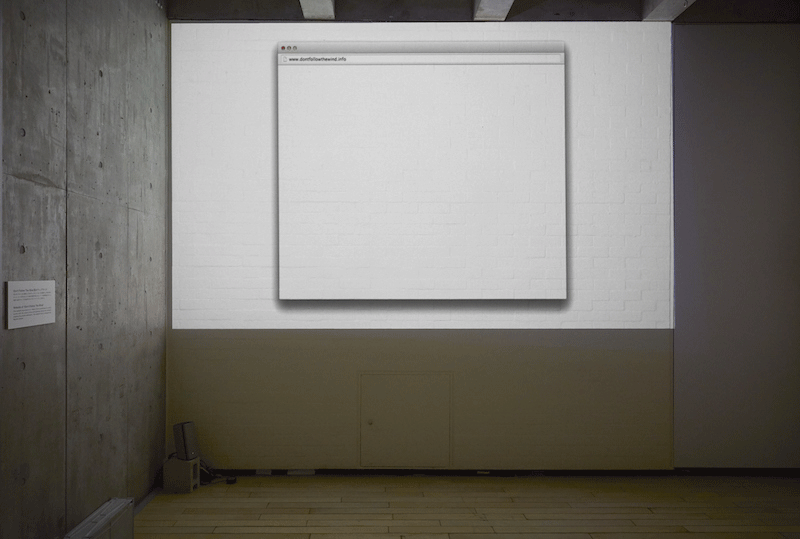
It consisted of an “information counter” designed by Tsubasa Kata and was staffed by former residents from Fukushima. Here, there were simultaneously speculative elements of fiction as well as factual information. It further raised questions about how the exhibition would evolve over time.
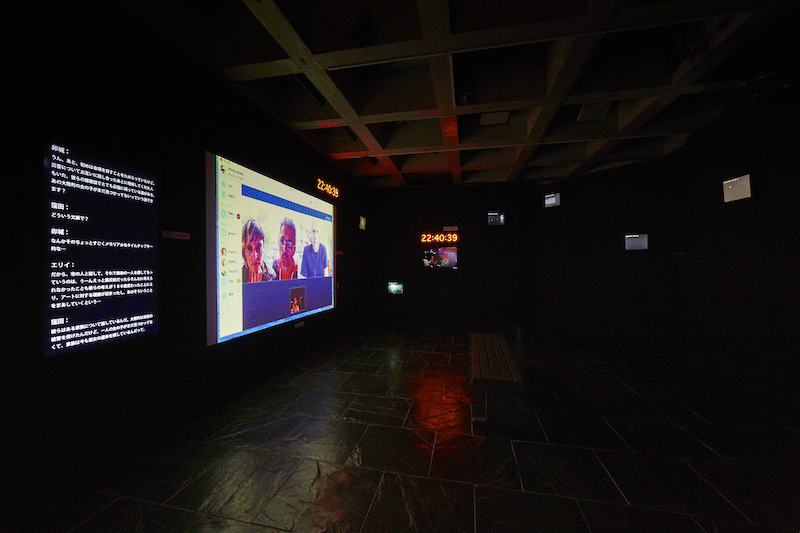
Along with this, Sion Sono directed a video installation 22:10:43-23:04:40, in which a webchat between three curators in Tokyo, Milan and Berlin was shown in real time. Other live videos displayed the latent towns and empty streets that lie within.
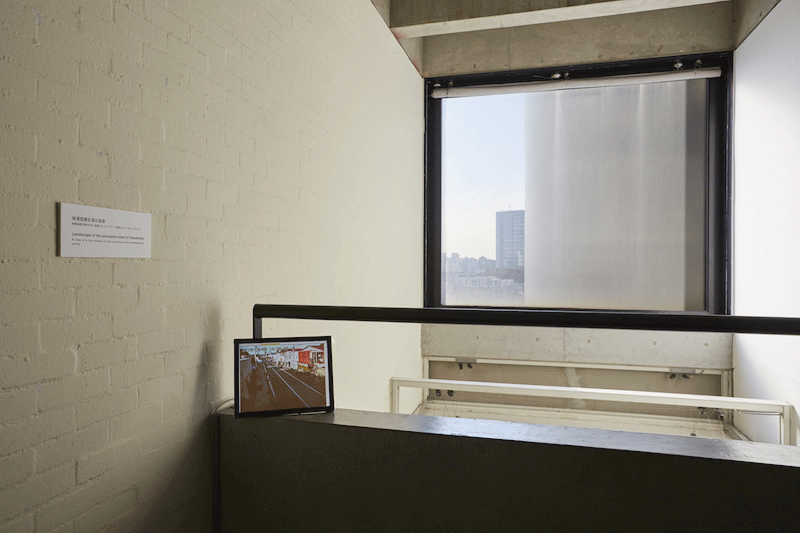
The Non-Visitor Center also included the "interpretation station" which could only be perceived by climbing scaffolding and looking through a window into the gallery. Artifacts intertwined within the museum, such as the Key of the Venue in which keys were taken from four abandoned locations. In the event, the communities could not return and the keys remained inoperative, they would have been donated to the Iwaki City Art Museum.
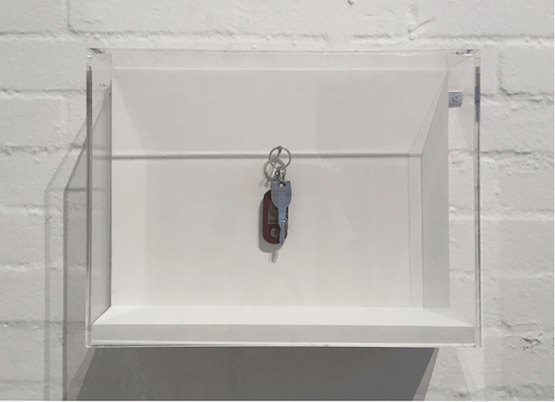
After a decade of the project being put in place and anticipation growing over the unreachable exhibition, as of August 2022, the evacuation order over Fukushima has been lifted. According to CNN, due to the cleanup program made to decontaminate the affected areas residents are permitted to return.
The Don’t Follow the Wind locations were finally open to the public between Oct. 22 to Dec. 4, 2022. The site-specific sound installation in Futaba City, Home (2015-2019) by Japanese artist Meiro Koizumi, is the first of twelve from the project to be accessible. Koizumi analyzes the effects of nuclear disasters and displacement by experimenting with private and broader social experiences.
He works in collaboration with ‘Mr. Y’, a pseudonym for a previous homeowner, utilizes the remnants of his former house as a backdrop to his installation. Using two wireless headphones and the setting of a quickly abandoned and dismantled living room, the visitors hear a conversation between Mr. Y and his wife. Within this conversation, they imagine the first dinner they will have once returning to their home in Futaba.
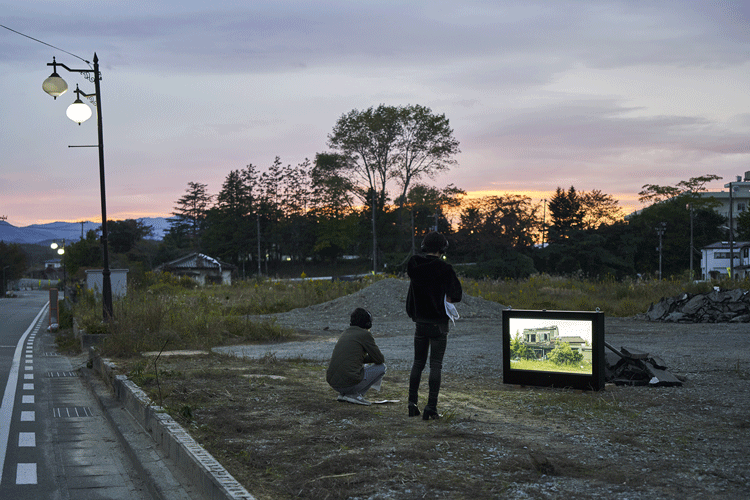
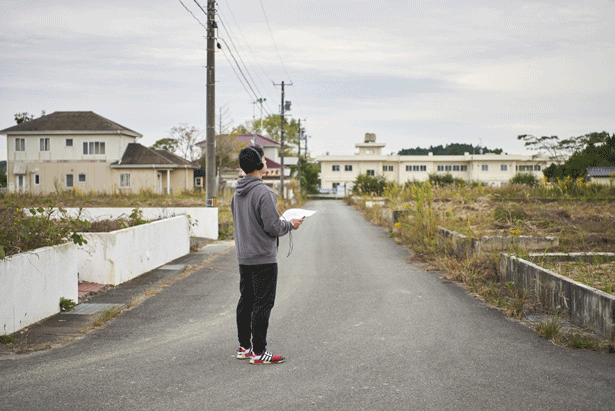
In the 2022 Don’t Follow the Wind audio recording, Mr. Y explains his decision to tear down his home, destroying Koiszuimi’s original piece, Home, with it. Following this, Meiro Koizumi reconceptualized his artwork, creating the temporary art installation Home Drama (2022).
Instead, visitors use maps and a portable audio device to navigate through the site. Throughout the tour an additional soundtrack plays as well as the same imaginary conversation between the couple, starting at Mr. Y’s previous home and ending at a raised location overlooking the remains of demolished houses and empty land plots.
Whilst the rest of the exhibition remains unreachable, there is an element of hope that the location it resides in will be restored. Although, it still challenges whether our efforts are enough to one day see the full depth of Don’t Follow the Wind.
For more information about the artist collective, check out Chim↑Pom's website. Listen to the evolution of Don’t Follow the Wind here.
